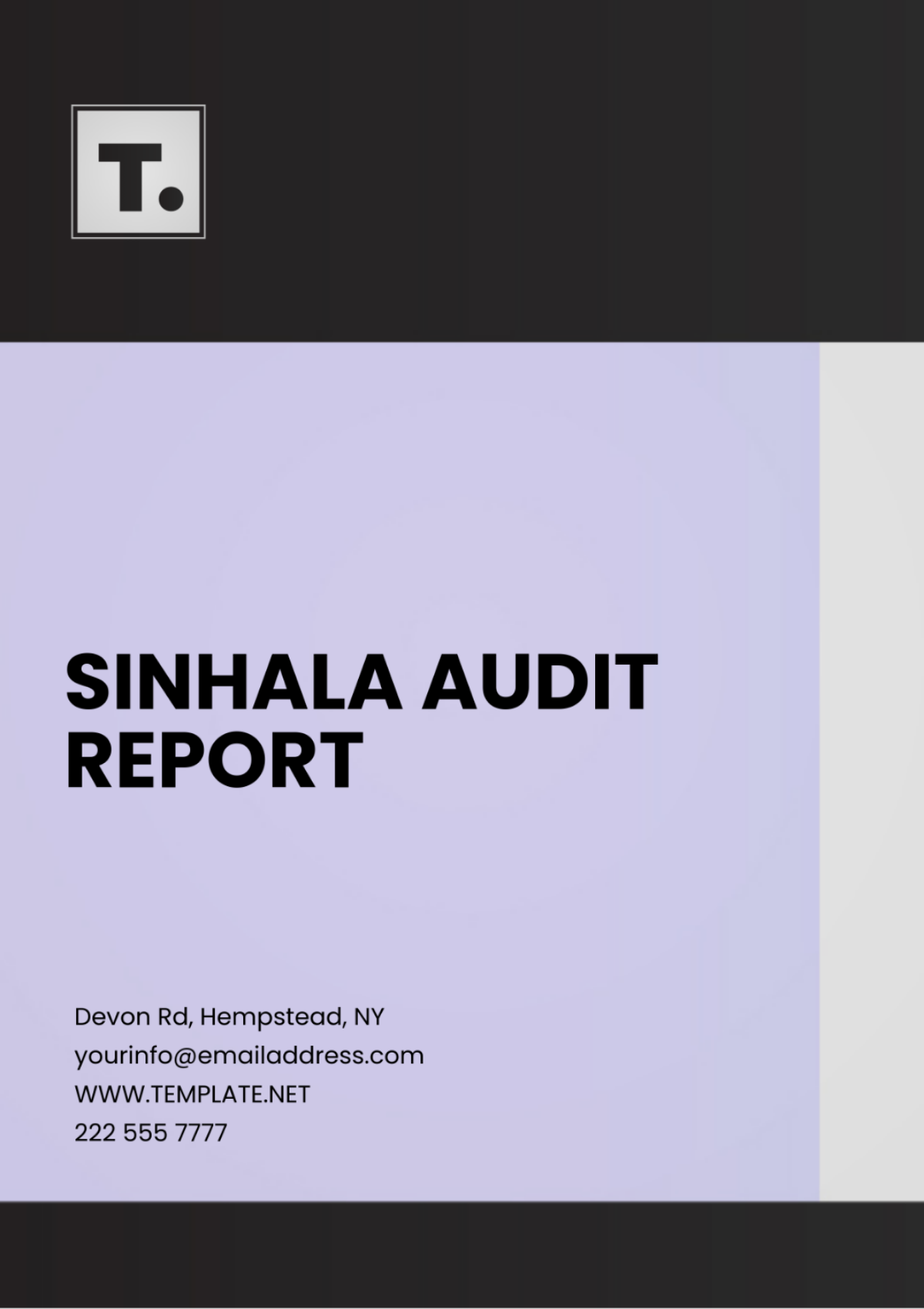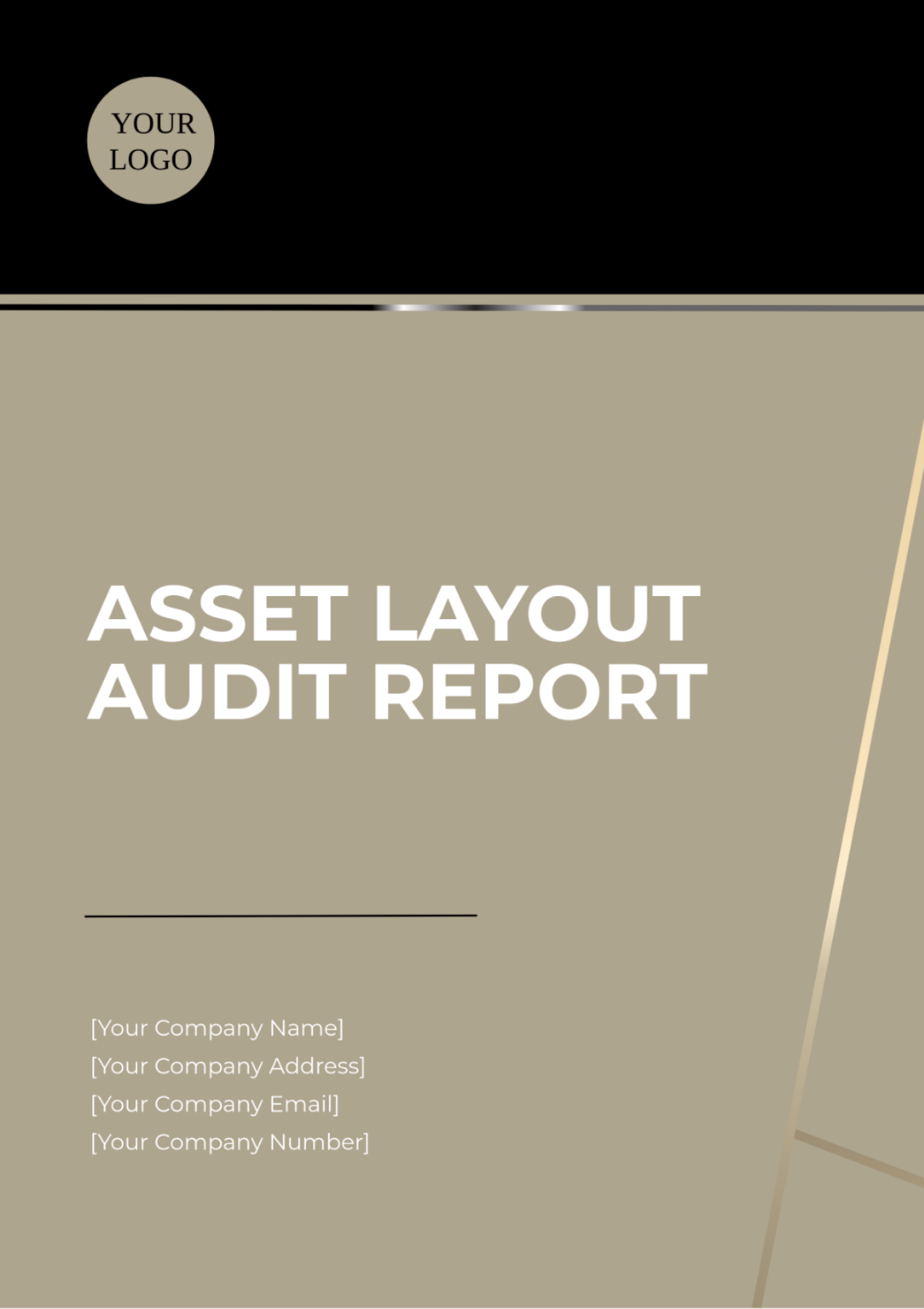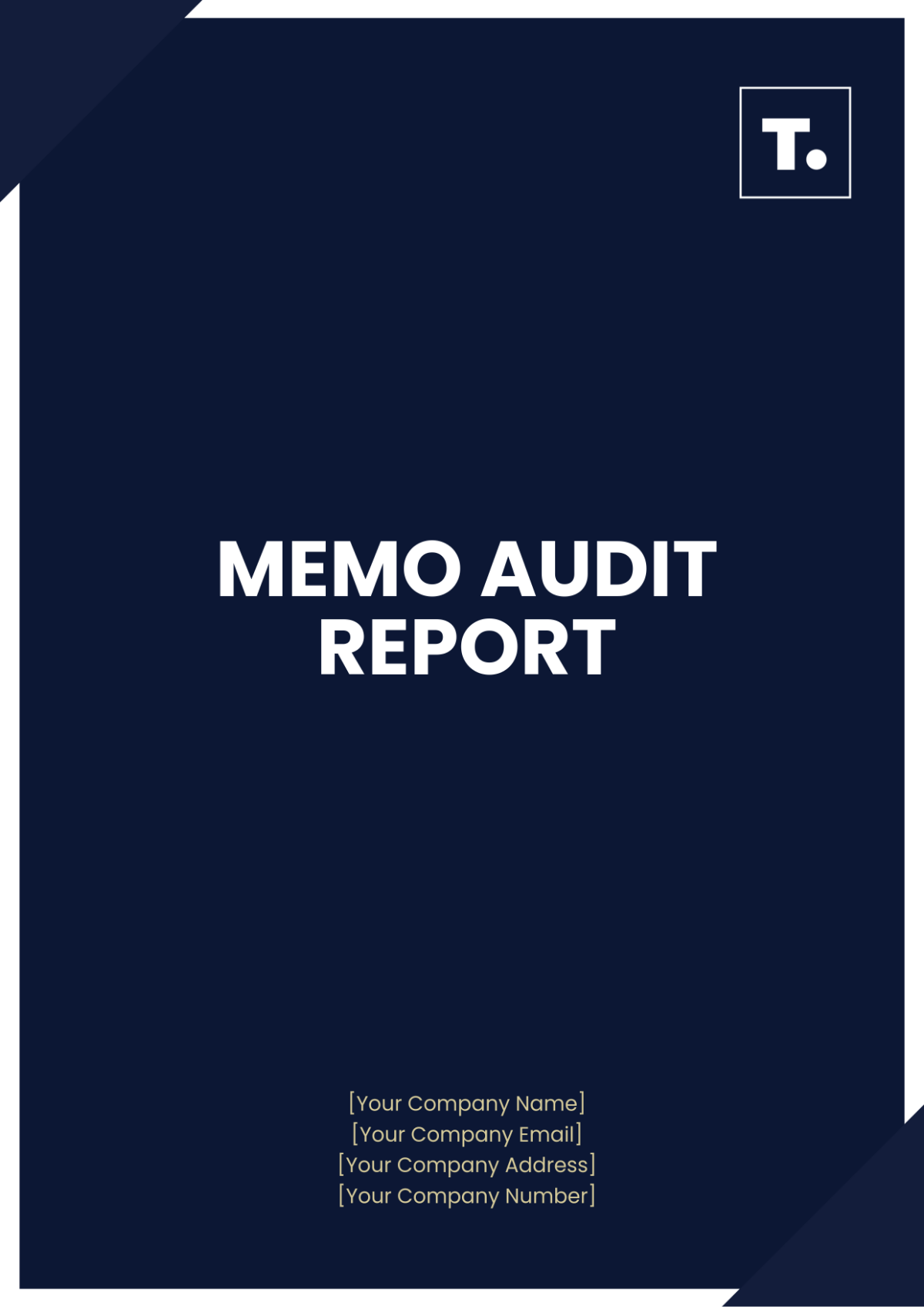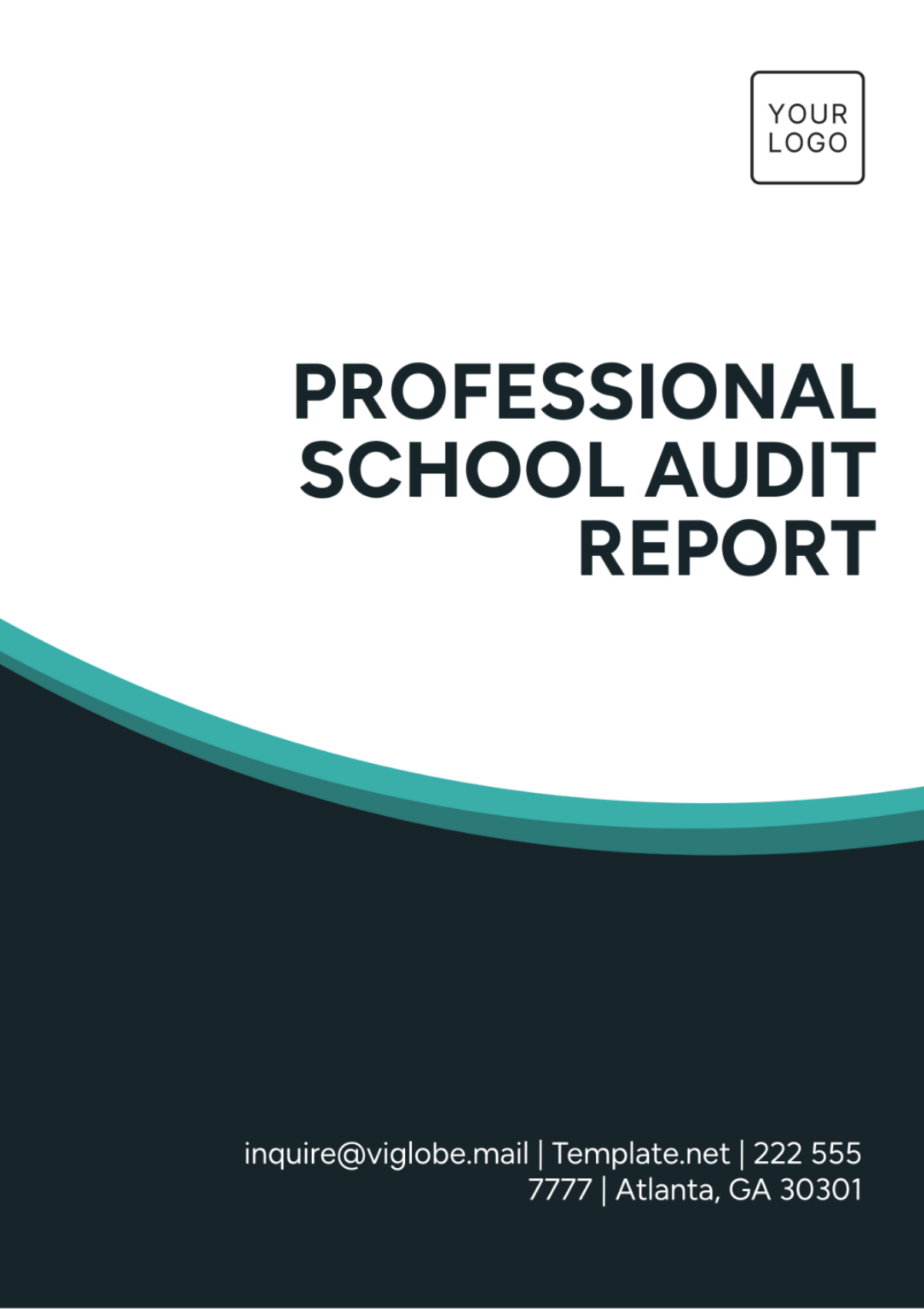Free Accounting Reconciliation Report
Discover seamless financial reporting with the Accounting Reconciliation Report Template from Template.net. Crafted for precision, this editable and customizable template streamlines reconciliation processes. Leverage the user-friendly AI Editor Tool to effortlessly analyze, adjust, and approve financial records. Elevate your accounting efficiency with this comprehensive template, ensuring accuracy and compliance in every report.






























